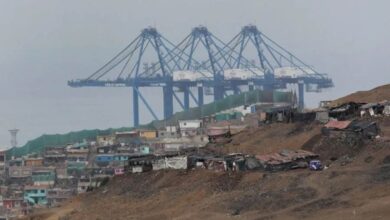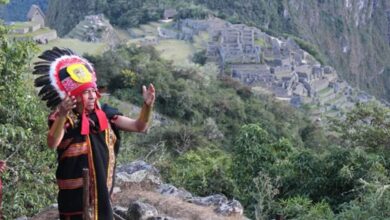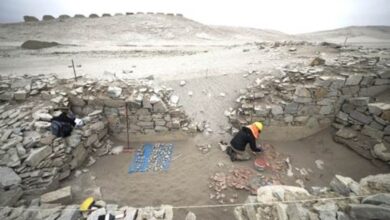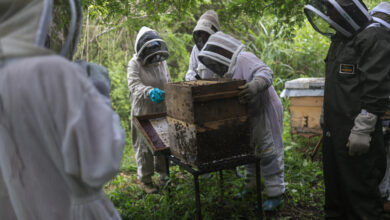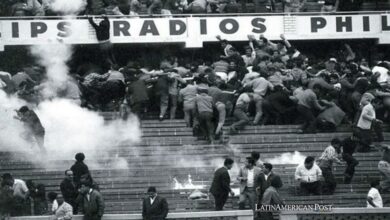Szyszlo’s Enduring Flame: How Peru’s Master Painter Recast Ancient Memory in Modern Form
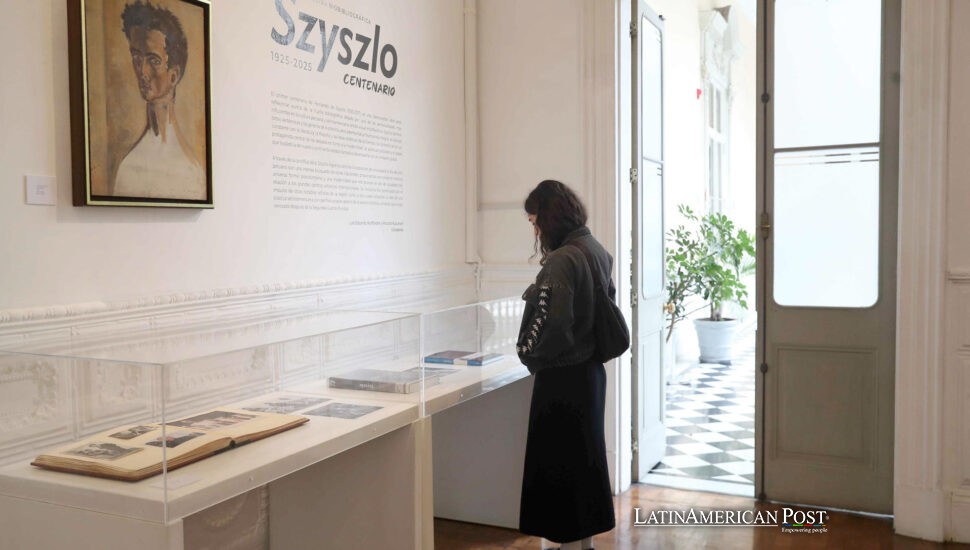
A century after his birth, Peru is remembering Fernando de Szyszlo not just as a painter, but as a cultural force. Two Lima exhibitions honor the man who fused pre-Columbian myth and global abstraction, transforming both the language of Latin American art and the soul of his country.
From Barranco’s Grey Mist, a World in Color
Fernando de Szyszlo was born in Lima on July 5, 1925, beneath the city’s signature garúa, that fine, unshakable coastal mist. He grew up in Barranco, a bohemian district wedged between ocean cliffs and quiet gardens, shaped by family stories and literary bloodlines—his uncle was writer Abraham Valdelomar.
He first trained in architecture but couldn’t ignore the pull of painting. At the Pontifical Catholic University, Szyszlo studied under Adolfo Winternitz, an Austrian émigré who encouraged emotional boldness over technical polish. By the time of his 1947 debut, critics already sensed a tension: Cubist lines, yes—but also something more profound, a reach into Peru’s buried past.
“His early canvases were already asking questions Latin America hadn’t yet put into words,” said scholars from the University of Texas, pointing to Szyszlo’s role in shifting art away from folkloric indigenismo and toward something more radical: a visual language they now call ancestralism.
Szyszlo wasn’t content to illustrate myths—he wanted to build new ones with the tools of modern abstraction.
Paris, Surrealism, and the Birth of Ancestral Abstraction
In 1948, newly married to poet Blanca Varela, Szyszlo left Peru for postwar Paris—then a magnetic hub for Latin American artists. He entered the orbit of André Breton, exchanged ideas with Rufino Tamayo and Julio Cortázar, and immersed himself in the techniques of tachisme and gestural abstraction.
He absorbed the European tools—but not their worldview.
“He brought a subjectively Peruvian abstraction,” Breton told EFE in a 1962 interview, praising how Szyszlo’s reds evoked pre-Inca textiles, and his blacks captured the weight of coastal night.
Natalia Majluf, an art historian at Universidad del Pacífico, said his brush moved like a condor’s wing—but his palette quoted Moche ceramics, not Matisse.
Returning to Lima in 1951, Szyszlo introduced this bold hybrid language. It caused a stir. The Escuela Nacional de Bellas Artes, then dominated by muralist traditionalism, was unsure how to respond to him.
However, by the mid-1950s, his works, such as “Paracas” and later “Intihuatana,” had defined a movement—what critics now call abstract ancestralism. Neither nostalgic nor mimetic, it honored myth while refusing cliché. It gave the pre-Hispanic past new life, not as an image, but as an atmosphere.
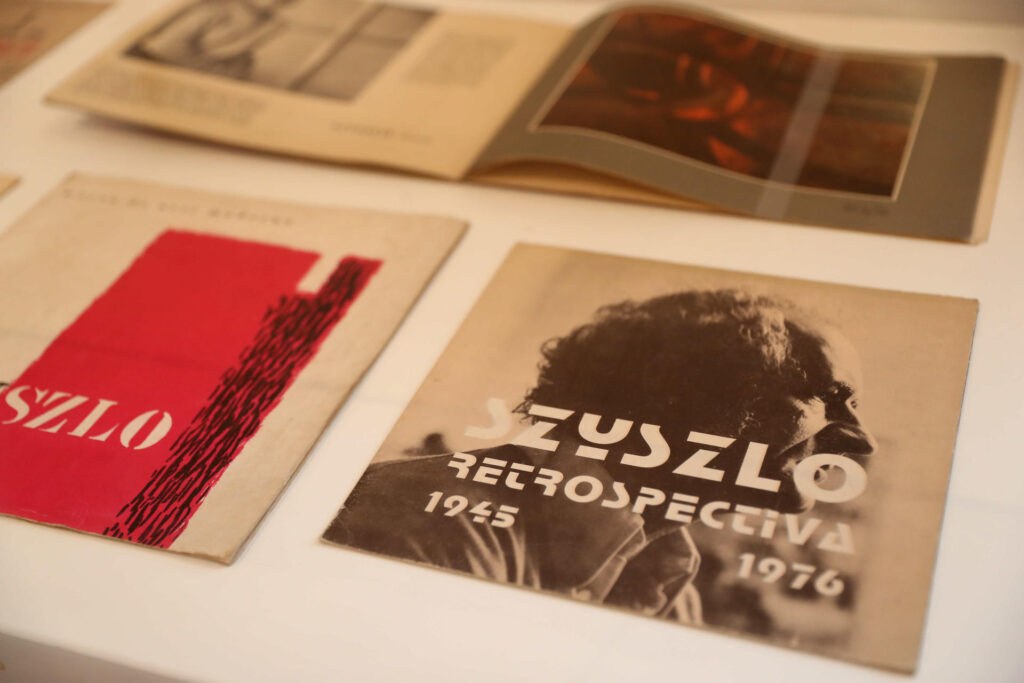
A Painter Among Poets and Political Fire
Szyszlo’s studio wasn’t just a place of paint—it was a meeting ground.
Poets Octavio Paz and Javier Sologuren, composer Edgar Valcárcel, and novelist Mario Vargas Llosa all passed through. With Vargas Llosa, he co-founded the Movimiento Libertad in 1987—a liberal intellectual response to Alan García’s economic collapse and the rise of the Shining Path.
“They were artists with manifestos in their back pockets,” said political scientist Alberto Vergara. “They saw democracy not as theory, but as practice—and defense.”
International recognition followed. France awarded him the Ordre des Arts et des Lettres in 1981. Chile gave him the Bernardo O’Higgins medal in 1987. Still, Szyszlo never left Lima. He painted in the same neighborhood, under the same overcast skies.
“The garúa,” he once said, “is a gray that sharpens color in the mind.”
That tension-the fog outside, the fire within—never left his work.
A Centenary Celebration as Complex as the Man
Eight years after his death, Lima is marking Szyszlo’s 100th birthday with a pair of exhibitions that aim to illuminate both the artist and the world he helped reimagine.
At Barranco’s Museum of Contemporary Art, thirty key paintings are on display—from the jagged ochres of “Culebrones“ to the electric, late-career blues of “Amarupa.” Labels reveal his shift from imported European oils to locally sourced earth pigments mixed with synthetic resins—another way Szyszlo bound the global to the intensely local.
Across the city, the Centro Cultural Inca Garcilaso shows the man behind the myth. Never-seen albums show him laughing with Breton, sketching Vallejo’s grave in Paris, toasting the Nobel Prize with Vargas Llosa. One vitrine holds something almost holy: a lock of poet César Vallejo’s hair, which Szyszlo kept for decades.
“I’m overwhelmed,” said his son Vicente de Szyszlo, flanked by diplomats and students at the opening. “These photos have slept in drawers for years.”
Art critics from the Pontifical Catholic University hope the centennial will reopen debates about Szyszlo’s place in global abstraction, which movements from the North Atlantic have too often overshadowed. Recent articles in the Art History journal argue that his fusion of myth and modernism anticipated today’s decolonial aesthetics, making him “a hinge between avant-garde form and Indigenous worldview.”
Legacy Written in Fire and Silence
In his 2015 memoir, La vida sin dueño, Szyszlo wrote,
“I am a painter. Those two simple words gave meaning to my existence.”
A hundred years on, that conviction still pulses in studios from Cuzco to Quito, where young artists cite his refusal to decorate, his obsession with light over line, and his lifelong war against sentimentalism.
Conservators now work to protect his volatile reds from UV degradation. His works travel in retrospectives, tracing how art shapes nationhood. But perhaps the most enduring homage is in Barranco itself: its once-quiet streets now bloom with murals echoing his jagged reds, his lunar whites, his sacred geometry.
Also Read: As Brazil Closes São Paulo’s Last Downtown Favela, Relief and Regret Collide
Szyszlo never wanted a shrine. But under Lima’s eternal gray, his legacy glows in every corner where art refuses to settle—and keeps reaching backward, and forward, at once.

